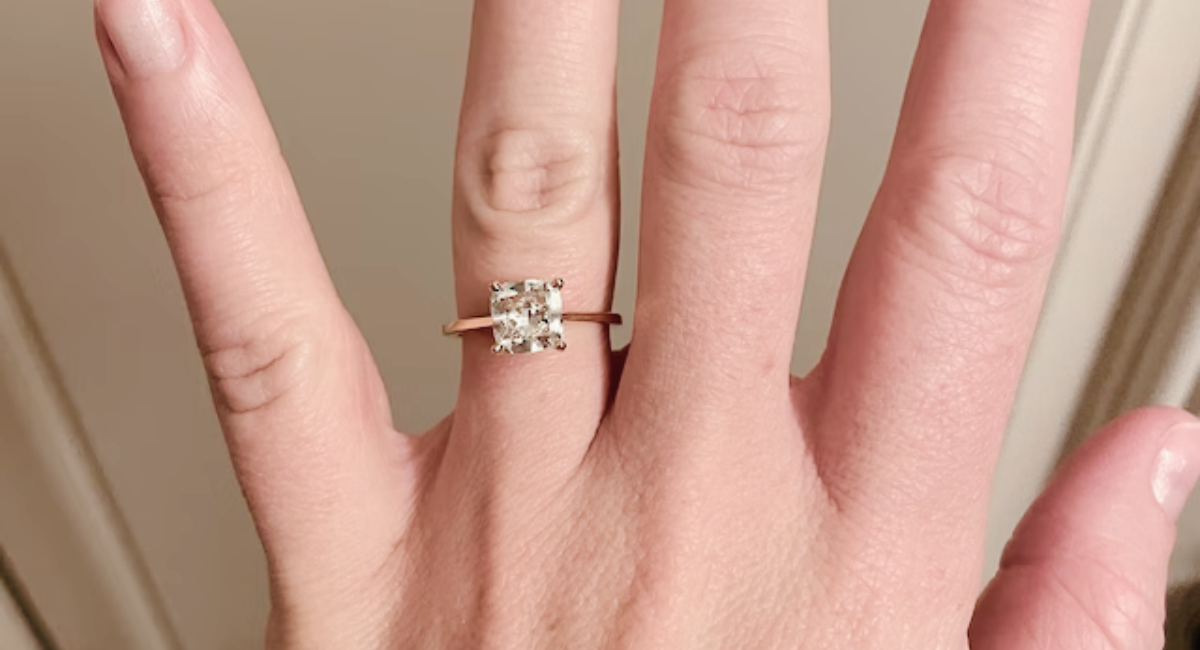Introduction
The diamond industry has undergone a revolutionary transformation with the advent of Lab Grown Diamonds and lab-made diamonds. These man-made gems offer a sustainable and ethical alternative to traditionally mined diamonds. But what exactly are lab-grown and lab-made diamonds? Are they the same, or do they differ in composition and quality? This article explores everything you need to know about these innovative diamonds.
What Are Lab Grown Diamonds?
Lab-grown diamonds, also known as synthetic diamonds or cultured diamonds, are created in controlled laboratory environments using advanced technological processes. These diamonds possess the same physical, chemical, and optical properties as natural diamonds, making them virtually indistinguishable to the naked eye.
How Are Lab Grown Diamonds Made?
There are two primary methods for producing lab-grown diamonds:
High Pressure High Temperature (HPHT)
The HPHT method mimics the natural conditions under which diamonds form in the Earth’s mantle. A small diamond seed is placed in carbon and subjected to extreme pressure and high temperatures, causing the carbon to crystallize into a diamond.
Chemical Vapor Deposition (CVD)
The CVD method involves placing a diamond seed in a chamber filled with carbon-rich gas. The gas is ionized into plasma, causing carbon atoms to bond and form layers on the seed, gradually growing into a diamond.
Benefits of Lab Grown Diamonds
Lab-grown diamonds offer several advantages over mined diamonds. They are more environmentally friendly, as they do not require destructive mining practices. Additionally, they are often more affordable, allowing consumers to purchase larger or higher-quality diamonds at a lower cost.
What Are Lab Made Diamonds?
The term “lab-made diamonds” is often used interchangeably with lab-grown diamonds, but it can sometimes refer to diamond simulants like cubic zirconia or moissanite. Unlike lab-grown diamonds, simulants do not have the same carbon crystal structure and are not considered true diamonds.
Differences Between Lab Grown and Lab Made Diamonds
While lab made diamonds are real diamonds with identical properties to natural ones, lab-made diamond simulants are merely look-alikes. Simulants may resemble diamonds in appearance but lack their hardness, brilliance, and durability.
Common Diamond Simulants
Cubic Zirconia (CZ)
Cubic zirconia is a popular diamond simulant known for its affordability and brilliance. However, it is less durable and tends to lose its sparkle over time.
Moissanite
Moissanite is another diamond alternative that closely resembles a diamond. It has exceptional brilliance and fire but has a different chemical composition (silicon carbide).
Lab Grown Diamonds vs. Natural Diamonds
Many consumers wonder how lab-grown diamonds compare to natural diamonds. Here are some key differences:
Cost
Lab-grown diamonds are typically 20-40% cheaper than natural diamonds of similar quality. This price difference makes them an attractive option for budget-conscious buyers.
Ethical and Environmental Impact
Natural diamond mining has been associated with environmental degradation and ethical concerns, including conflict diamonds. Lab-grown diamonds eliminate these issues, offering a guilt-free alternative.
Quality and Certification
Lab-grown diamonds are graded using the same standards as natural diamonds (4Cs: Cut, Color, Clarity, and Carat). Reputable gemological labs, such as the GIA and IGI, provide certification for lab-grown diamonds.
Are Lab Grown Diamonds Real Diamonds?
Yes, lab-grown diamonds are real diamonds. They have the same carbon structure as natural diamonds and exhibit identical properties. The only difference is their origin—one is formed in the Earth over millions of years, while the other is created in a lab in weeks.
The Future of Lab Grown and Lab Made Diamonds
The demand for lab-grown and lab-made diamonds is steadily increasing as consumers become more conscious of sustainability and ethical sourcing. With advancements in technology, the quality of lab-grown diamonds continues to improve, making them a preferred choice for engagement rings, jewelry, and industrial applications.
Market Trends
The lab-grown diamond market is projected to grow significantly in the coming years. Major jewelry retailers and designers are now offering lab-grown diamond collections, further validating their place in the industry.
Consumer Perception
While some traditionalists still prefer natural diamonds, younger generations are embracing lab-grown diamonds for their ethical and economic benefits. As awareness grows, lab-grown diamonds are expected to become mainstream.
Conclusion
Lab-grown and lab-made diamonds represent a modern, sustainable alternative to traditional diamonds. Whether you choose a lab-grown diamond for its authenticity or a diamond simulant for affordability, both options provide beautiful and ethical choices. As technology advances and consumer preferences shift, these man-made gems are set to redefine the future of the diamond industry.
Would you consider buying a lab-grown diamond? With their undeniable benefits, they are certainly worth exploring for your next jewelry purchase.

